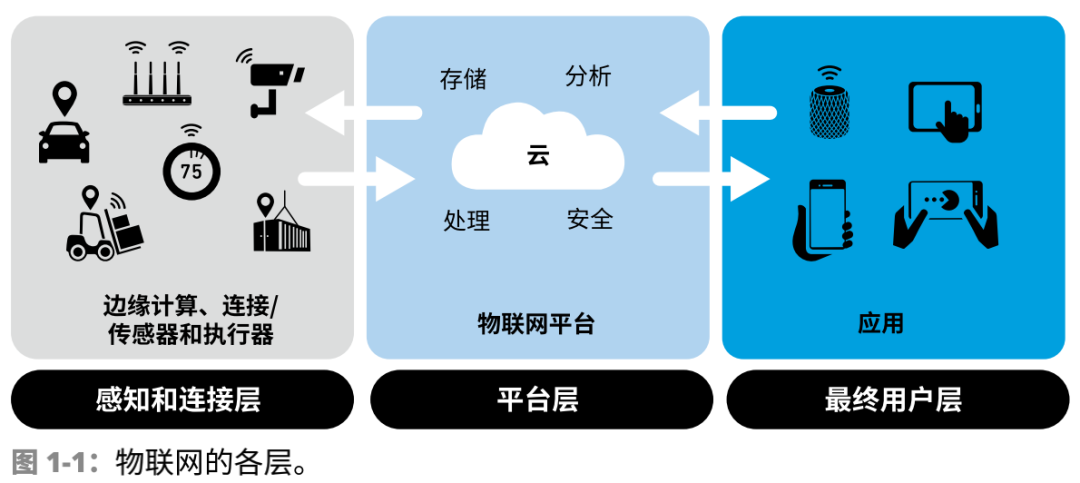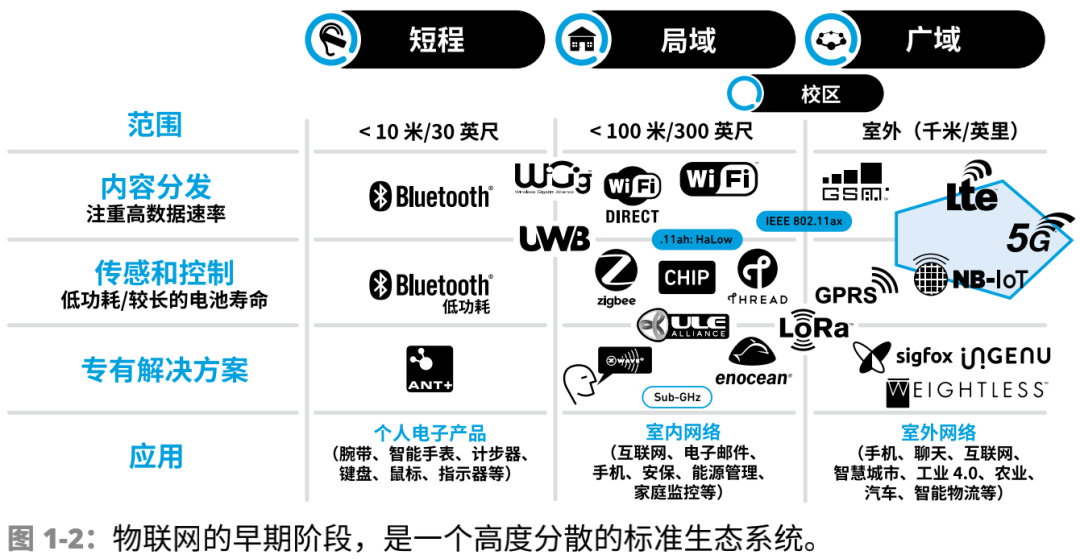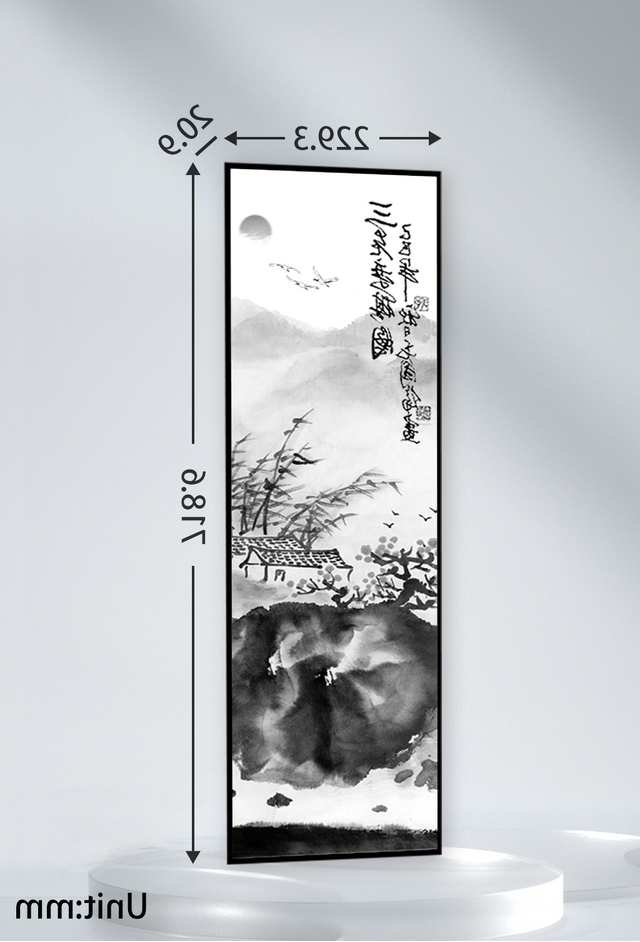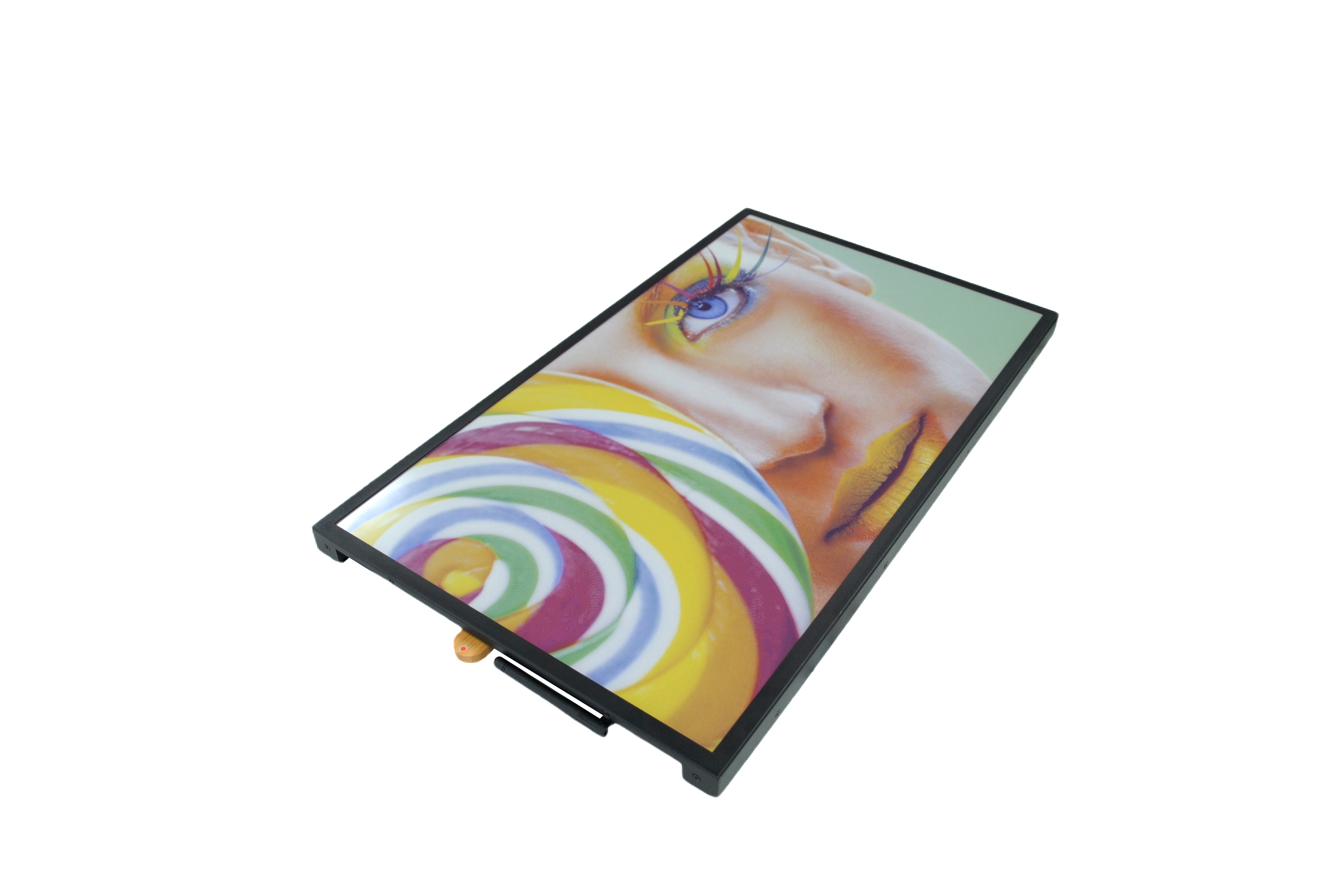
IoT Basics Popularization IoT Market and Trend Research Wireless Standards for IoT
- Categories:News
- Author:
- Origin:
- Time of issue:2022-08-05 11:00
- Views:
(Summary description)
IoT Basics Popularization IoT Market and Trend Research Wireless Standards for IoT
(Summary description)
- Categories:News
- Author:
- Origin:
- Time of issue:2022-08-05 11:00
- Views:
IoT Basics Popularization IoT Market and Trend Research Wireless Standards for IoT
出处:https://news.epaperia.com/post/37.html
来源:电子纸产业联盟
The Internet of Things (IoT) is creating a new world, a quantifiable, measurable world. A world where people can better manage their lives, cities can better manage their infrastructure, and companies can better manage their businesses. This new smart, connected world will fundamentally transform society and consumers, and profoundly transform entire industries. The rise of the Internet of Things will provide us with timely and higher-quality information that will help us make better decisions faster, which will dramatically improve our world and our daily lives.
This chapter introduces some fundamentals of the Internet of Things (IoT) and its applications, key market trends, and some important IoT technologies. It also shows how these standards are used and how the market is moving towards greater interoperability.
What is the Internet of Things?
A quick retrace of how the Internet as a whole has evolved can help us understand the Internet of Things.
The Internet started as a handful of military and government computers connected by wire. Over time, the Internet has expanded and is available to millions of people around the world, and the World Wide Web allows anyone to publish information for public use. The rapid spread of wireless connectivity has brought a second leap forward. Driven by the development of Wi-Fi and cellular communication technology, the network has begun to expand rapidly. Smartphones and other Internet-connected mobile devices have freed Internet connections from specific geographic locations and can be used almost anywhere.
And it's not just computers that use the Internet anymore. Many other types of devices began to contain simple computing and networking capabilities. The term Internet of Things originated in the early 2000s to describe an increasingly wide range of networked objects and their uses. In 2005, the International Telecommunication Union (ITU) officially recognized the term. The International Telecommunication Union defines the Internet of Things as "comprising intelligent objects that are connected to the Internet and communicate with each other with minimal or no human intervention." These objects are typically connected via gateways to an IoT platform, which consists of software tools and services that collect data from sensors, controllers, and other devices.
Today, the Internet of Things is all about connecting many different types of objects to the Internet, such as sensors, inductive controllers, and remote monitoring devices. According to Cisco, the number of "things" or objects we connect to the Internet exceeds the global population, in fact, 10 years ago.
Figure 1-1 summarizes these changes. At the perception and connectivity layer, the platform connects IoT hardware to network applications that perform data processing and storage. In the middle is the platform layer, which stores, protects, processes, and analyzes data. At the end-user layer, it connects to end-user applications that monitor and interpret data from IoT devices and send commands to the device to perform actions such as locking the front door or opening the garage door.

IoT platforms typically provide these types of services:
Adaptable: IoT systems can dynamically adapt to changing environments based on operating conditions, user input, or perceived information.
Uniquely identifiable: Every IoT device has a unique identity, such as an Internet Protocol (IP) address. Through these IoT device addresses, users can query, monitor and control devices remotely.
Auto-Configurable: IoT devices in the network can be auto-configured, enabling many IoT-enabled devices to cooperate with each other to provide full system functionality.
Network integration: IoT devices can be integrated into an IoT network to enable communication between nodes, gateways, and infrastructure.
Make informed decisions: IoT devices can make decisions that adapt to changing environmental conditions.
IoT market and trend research
Consumers, businesses, and governments are all adopting the Internet of Things at a rapid pace. Key markets include home electronics (such as televisions and other home entertainment systems), home appliances (such as washers and dryers), automotive components and driver interfaces, and safety systems. IoT also plays an important role in wearable devices such as smartwatches, fitness monitors, and health monitors. In cities, local governments are deploying IoT to improve efficiency and reduce expenses. Even the military is taking advantage of the Internet of Things, using robots for surveillance and wearable biometrics for the battlefield.
The future looks even brighter, according to research firms that study technology trends. Some of the predictions below illustrate the extraordinary growth potential of the Internet of Things:
Statista predicts that the global IoT market is expected to grow to $1.6 trillion by 2025.
Frost & Sullivan predicts that by 2025, the world's top 600 smart cities will account for 60% of the world's gross domestic product (GDP). Smart cities will represent a $2 trillion technology market by 2025, with artificial intelligence (AI) and the Internet of Things being the main drivers.
According to Strategy Analytics, purchases of smart home devices are expected to exceed 1.94 billion by 2023, and device sales will also exceed $78 billion by then.
According to Grand View Research, the medical IoT is expected to be worth $534.3 billion by 2025.
According to Grand View Research, the industry of precision agriculture (using IoT technology to simplify every agricultural production process as much as possible and make it more efficient) is expected to be worth $43 billion by 2025.
Identify wireless standards driving IoT
Currently, we use multiple wireless technology standards to connect IoT devices. Some of these are familiar technologies such as Bluetooth, Wi-Fi and Zigbee, while others are less common proprietary solutions. Figure 1-2 summarizes the current situation. According to the scope, it can be divided into three parts. As shown in Figure 1-2, from the user's perspective, the entire IoT ecosystem has become cluttered and difficult to manage due to the use of multiple standards.
Companies producing IoT products typically choose the criteria to use based on scope and data type. For example, they may need to transmit media content or sensor-control data. Faced with a range of standard and proprietary technologies, system designers can choose the technology best suited to optimize the performance of their end-user equipment. But it may not always be that simple for the end user.

Goal: Interoperability
Interoperability refers to the ability of a product or system to work with other products or systems without any restrictions, now and in the future.
Consumers expect all of their wireless home devices to communicate in a plug-and-play fashion. They don't want to waste their time trying to confirm that the new IoT device they want to buy is compatible with their current network. They want the wireless products they buy to work automatically. But, today, that's not possible. Buying a networked door lock or light bulb is a complex undertaking because you need to consider how it will communicate with your other home devices, including those using Alexa, Google Assistant or Siri.
Some manufacturers adopt wireless standards for basic connectivity, but add their own proprietary solutions to control and interact with IoT devices. However, this approach also comes at a cost, especially for users who have to go through a complicated purchase and installation process because they buy new equipment that doesn't fit into existing networks as easily as they expected.
Matter, come to solve the problem
To help improve consumer product interoperability and reduce overall complexity, industry leaders such as Amazon, Apple, Google, and Samsung are collaborating to support a new standard called Matter. As shown in Figure 1-3, the ecosystem would be simpler if it used fewer standards and protocols like Matter. Matter will make IoT devices easier to use while unifying the protocol landscape Matter is still in its infancy, but it represents a step in the right direction. Matter's overall goal is to provide plug-and-play consumer IoT devices for the connected home. It will provide a layer on top of Internet Protocol (IP) that includes a set of predefined schemes for all Matter connected devices. This will enable devices to understand what type of objects they are communicating with and what those objects can do.

For example, thermostats can share data about temperature and fan operation. The new Matter standard will support both applications, using a common way to communicate with thermostats and fans.
Matter will support end devices or nodes, the "things" in the Internet of Things, which will communicate with many Wi-Fi network pods.
Pods are placed in appropriate locations within a network (such as a home) and automatically connect to the main router. The main router is then connected to the Internet. This eliminates wireless dead zones and eliminates the need to be near routers or repeaters, extending the network signal.
Taken together, Matter brings together several elements of IoT, such as Wi-Fi, Zigbee, Bluetooth, and Bluetooth Low Energy. The integration of these individual IoT standards will help IoT further improve interoperability, making the entire ecosystem easy to plug and play.
Ultimately, Matter allows the average, non-technical consumer to choose whatever IoT device they like, beyond being limited to a proprietary ecosystem that doesn't support interoperability.
UWB
Figure 1-2 also shows another emerging technology called ultra-wideband (UWB). UWB is widely used in precise micro-positioning IoT solutions. It accurately and reliably measures device distance and location, both indoors and outdoors, with extremely low power consumption.
Ultra Wideband is a radio technology based on the IEEE 802.15.4a and 802.15.4z standards that enables more precise time-of-flight measurements of radio signals, enabling distance/position measurements with centimeter-level accuracy. It can provide up to 27 Mbps of data communication capability and consumes very little power, so the device can run on a coin cell battery for years without recharging or replacing. UWB also provides a new method of wireless secure communication, opening the door to a variety of new modes of secure transactions.
This technology standard will open up new IoT use cases in the smart home, secure keyless entry in cars, secure payment processing, and Industry 4.0. You can learn more about UWB technology by reading a Qorvo-specific edition of Qorvo's other book, UWB For Dummies. The book is available at the Qorvo Design Hub (link: www.qorvo.com/design-hub/ebooks).
UWB can fit well into the IoT ecosystem. It is safe, accurate, battery powered and suitable for many applications in IoT. Although UWB is suitable for many applications, some of which are yet to be explored, it is initially aimed at use cases in proximity access control, location services and peer-to-peer applications. It becomes one of the radio frequency (RF) chains in new smartphones, enabling smart car access, secure building access, and smart home device connectivity.
Both individuals and businesses want to be able to locate anything in real time, no matter how big or small. For IoT and smart home applications, UWB asset tags are more accurate than previously used Bluetooth or Wi-Fi. Using Bluetooth and Wi-Fi, only approximate locations can be located through asset tags, but using ultra-wideband, accurate positioning can be achieved. For example, a Bluetooth tag would show that your keys are in an area of a room or living room, but an ultra-wideband would show an asset tag or a key dropped under a couch cushion.
UWB also opens up a new world of gestures, which means voice commands can sometimes be used as a second option for launching apps. For example, lights turn on automatically when you enter a room, or your computer turns on automatically when you sit at your desk. UWB makes such applications a reality, opening up many new and transformative use cases.
To ensure that interoperability is maintained when using UWB, the Fine Ranging (FiRa) Alliance has regrouped more than 50 companies in the semiconductor, automotive, infrastructure and consumer sectors to actively work on defining protocol definitions to guarantee their interoperability. This enables developers to use UWB for many new applications, such as augmented reality, smart home applications and mobile payments.
5G and Wi-Fi 6/6E
5G and Wi-Fi 6/6E are two key technologies driving IoT adoption, as businesses, homes and cities around the world digitize wireless and wired ecosystems. These two technologies will enable further advancements in integration, packaging and performance.
Wi-Fi 6/6E is the latest Wi-Fi standard, offering higher data rates and coverage than previous versions. This new version also extends security protocols, making it harder to crack device passwords.
Wi-Fi 6 offers faster speeds, greater capacity (both in terms of data rates and connecting users or devices), lower power consumption, and greater security. Wi-Fi 6E delivers the features and capabilities of Wi-Fi 6 (including higher performance, lower latency, and faster data rates) while extending Wi-Fi to the 6 GHz band. It also offers more than twice the spectrum of Wi-Fi 6, with an additional seven non-overlapping bandwidth 160 MHz channels. These extra channels will reduce congestion, improve performance, and reduce latency.
Wi-Fi 6/6E covers small-scale networks that support IoT devices such as smart thermostats and security cameras. In contrast, cellular networks such as 5G provide global network coverage for mobile devices. 5G and Wi-Fi 6/6E work together to help IoT reach its full potential.
5G networks can be configured to meet the needs of a variety of different applications, each supporting a different type of user equipment. These applications can be roughly divided into three categories:
Enhanced Mobile Broadband (eMMB)
Ultra-Reliable Low Latency (uRLLC)
Massive Machine Type Communication (mMTC)
IoT covers mMTC and uRLLC applications.
These 5G applications will be able to support more IoT devices and data in the future. In addition, 5G will increase the adoption of edge computing for faster processing of data near the point of operation, which will provide a springboard for further adoption of IoT in wireless and wired ecosystems. However, Wi-Fi is an unlicensed-band technology, and cellular 5G is a licensed-band service, so deploying new device connections may incur additional costs.
For more information on 5G, visit www.qorvo.com/design-hub/ebooks/5g-rf-for-dummies.
More about WI-FI 6/6E
Wi-Fi 6E can provide the features and capacity of Wi-Fi 6 (including higher performance, lower latency, and faster data rates), but expand Wi-Fi 6 into the 6 GHz band.
This additional 6 GHz spectrum is a landmark expansion since Wi-Fi was first offered. The 6 GHz Wi-Fi 6E spectrum provides additional non-overlapping channels, providing twice the capacity of existing Wi-Fi 6 spectrum.
Wi-Fi 6 uses the 2.4 GHz and 5 GHz frequency bands (up to 5835 MHz). The Wi-Fi Alliance allows Wi-Fi 6E to offer 14 80 MHz channels and 7 160 MHz channels. Wi-Fi 6E adds seven 160 MHz channels in the 5,925 to 7,125 MHz frequency range.
Wi-Fi 6E is an implementation of the Wi-Fi 6 standard. This 6 GHz new spectrum is also used to enhance and expand Wi-Fi 6's capabilities beyond the 5 GHz band to provide additional non-overlapping channels. These extra channels can reduce congestion, especially in areas where multiple networks operate simultaneously. By providing 7 additional 160 MHz channels, you can improve performance and reduce latency in your frequency range, but for other high frequency ranges, there is still distance and obstruction factors when transmitting and receiving signals. 2.4 GHz Wi-Fi channel ranges vary.
Wi-Fi 6E improves performance, using multiple-input multiple-output (MIMO) and open spectrum to overcome the coverage challenges inherent in high-frequency channels, ensuring full coverage of a home or building, and delivering optimal throughput/capacity.
Wi-Fi 6/6E can also provide the same experience to more users on the same network. In addition, Wi-Fi 6 will achieve 1.2 Gbps network speed, while Wi-Fi 6E will achieve theoretical speeds of 5.4 Gbps to 10 Gbps, which is a huge improvement over Wi-Fi 5 and Wi-Fi 6.
Scan the QR code to read on your phone





Designed to enhance collaboration and communication in conference environments, the GDP1248RW1 module provides a dynamic platform for displaying data, presentations, schedules, and interactive content. Bid farewell to traditional paper handouts and static signage—this innovative module brings sophistication and interactivity to every conference room.

Address:No.18, Zhonghua West Road, Dalian, China,116033
E-mail: info@eink-display.com
©2007-2021 Dalian Diamo Electronic Technology Co., Ltd. All Rights Reserved. 辽ICP备2021012387号-2 Website construction:www.300.cn dalian.300.cn
Dalian Diamo Electronic Technology Co., Ltd.
辽ICP备08000578号
Website construction:www.300.cn jinzhou.300.cn











